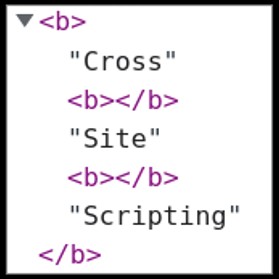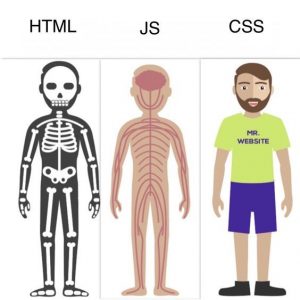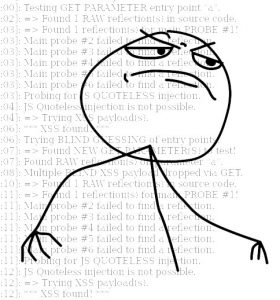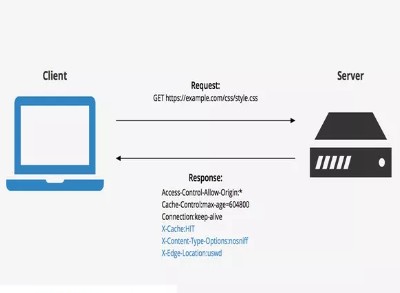 There are XSS scenarios where there’s a strong filter in place like WordPress’s KSES. That filter, like many others, uses a Whitelist approach allowing only HTML that’s harmless against the application. By default it allows only basic formatting tags like <b>, <i> etc, links <a href=URL>, images <img src=URL>, tables and several other HTML elements with attributes that can execute Javascript.
There are XSS scenarios where there’s a strong filter in place like WordPress’s KSES. That filter, like many others, uses a Whitelist approach allowing only HTML that’s harmless against the application. By default it allows only basic formatting tags like <b>, <i> etc, links <a href=URL>, images <img src=URL>, tables and several other HTML elements with attributes that can execute Javascript.
Needless to say, no script element or event handler is allowed. Neither the pseudo-protocol “javascript:” in any of the attributes that need an URL. XSS against those filters are only possible with a 0-day which will be probably fixed soon due to the level of exposure the applications that use those filters and libraries have.
 Property-based payloads are payloads based on some particular properties of the document object and the elements. From the document object we already know the
Property-based payloads are payloads based on some particular properties of the document object and the elements. From the document object we already know the  When dealing with JavaScript injection scenarios sometimes we might get into a difficult situation: the target page is not meant to be accessed directly and some of its code is supposed to use some other code in the setup intended.
When dealing with JavaScript injection scenarios sometimes we might get into a difficult situation: the target page is not meant to be accessed directly and some of its code is supposed to use some other code in the setup intended. XSS is all about practice. It requires a lot of time to print in the mind all vectors, payloads and tricks at our disposal. There are lots of XSS cases, each one requiring a different approach and construct to pop the alert box.
XSS is all about practice. It requires a lot of time to print in the mind all vectors, payloads and tricks at our disposal. There are lots of XSS cases, each one requiring a different approach and construct to pop the alert box. XSS polyglots are quite popular among beginners and lazy XSS testers since they only require a single copy and paste. Although doomed to be easily flagged by any decent filter or WAF, they can be useful to spot
XSS polyglots are quite popular among beginners and lazy XSS testers since they only require a single copy and paste. Although doomed to be easily flagged by any decent filter or WAF, they can be useful to spot  Content Security Policy (CSP) is the last line of defense against the exploitation of a XSS vulnerability. When correctly implemented, it seems to be extremely effective in doing so (nowadays). Here we will deal with the possible ways to abuse flaws in its implementation. For a comprehensive reference on CSP check
Content Security Policy (CSP) is the last line of defense against the exploitation of a XSS vulnerability. When correctly implemented, it seems to be extremely effective in doing so (nowadays). Here we will deal with the possible ways to abuse flaws in its implementation. For a comprehensive reference on CSP check 







 Brute XSS Cheat Sheet
Brute XSS Cheat Sheet
You must be logged in to post a comment.